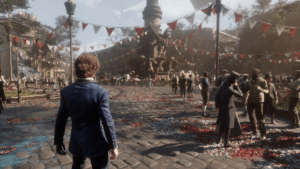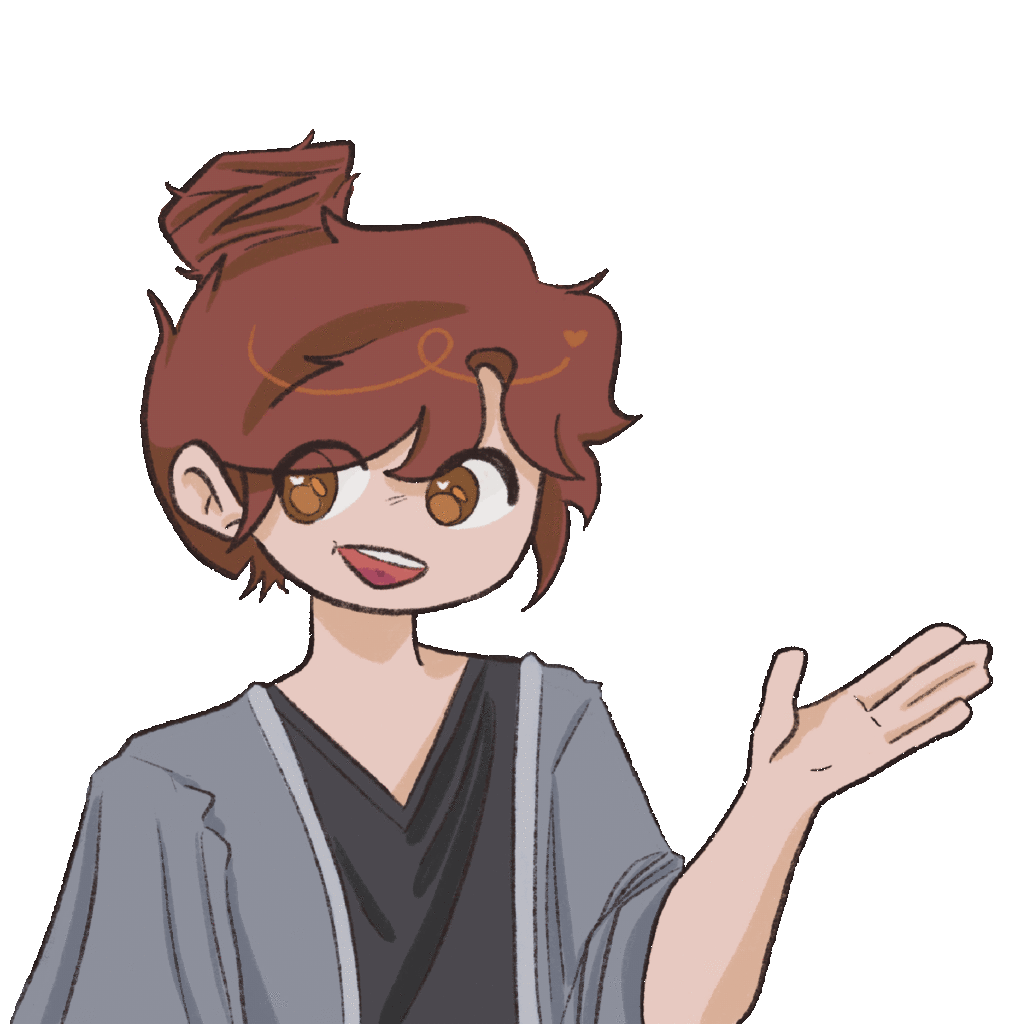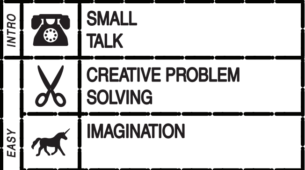“How does the game invite the player to care about the world through its narrative and/or formal elements?”
The prologue of Clair Obscur: Expedition 33 is breathtaking. From the jump, the world is intriguing, expansive, and beautiful, with so much mystery built into the visuals that the player can’t help but feel like they need to explore the story. The game opens on a giant “34” glowing in a massive rock, then the camera pans to reveal this:

A destroyed Paris with remnants of the city floating in the air. The trope of revealing the dead remains of a familiar city is common in many games with a post-apocalyptic setting. The reason this trope is so effective is that the player already feels a connection to the world. This is Paris, the city we know and have seen in movies, pictures, and other games, torn to shreds. How did it get that way? This is tried and true method to establish “the surroundings” layer of world-building. Although this game might have the most beautiful and story-rich environment I have ever played, I believe it’s the “supporting cast” layer that truly sets this game apart. The prologue takes you through what the game calls the “Gomage,” a festival full of fancily dressed people, dance performances, and flower vendors.

While a seemingly happy occasion, the world slowly reveals that this is not a happy festival. The churchbell rings, the ground shakes, and everyone stops talking. Under the glowing “34”, the massive stone begins to move. Then you realize, it’s not stone that’s moving, but a giant naked lady with long, dirty black hair who stands up and waves her hand. The “34” becomes a “33”, and the oldest-looking people at the festival begin to disengage into rose petals.
From these 5 minutes of gameplay, the world has been established as mysterious, the mission of the main character has been clearly defined, and the player understands the importance of what they’re doing. The game manages to accomplish all of this with only two layers of world-building. While the main character has his own motivations, the world itself is what drives the player to progress through the narrative. It accomplishes this through setting up future story beats via dialogue and actions of the NPCs around the player. If you walk close to a group of people, you’ll hear them talk about “Nevrons” and “The Paintress” without understanding the impact of these words. It sets up these great big mysteries with a seemingly insignificant conversation, and then it will pay off one mystery while leaving the other completely unanswered.
In Expedition 33, the game is set in Paris, so the characters are depicted as overly attractive, fit, and charming people. There is no character customization, but you can choose which character to play. In the first 10 hours of gameplay, the three options are a white man, a white girl, and an Asian woman. This is to say that diversity is not heavily considered in this game. While the background characters are made of diverse genetic makeup, they are only a part of the story for the first 10 minutes.


